 Up until a few hours ago, I did not understand the onion. I mean, I understood that it is probably one of the very most important vegetables in my diet and that I would have a hard time living without it. Tonight, for example, I'm cooking steak. What good would steak be without onions? Not much.
Up until a few hours ago, I did not understand the onion. I mean, I understood that it is probably one of the very most important vegetables in my diet and that I would have a hard time living without it. Tonight, for example, I'm cooking steak. What good would steak be without onions? Not much.I also understood that to plant onions, I could choose between seeds and sets. Everyone who had grown onions before told me to plant sets. I planted both. Although I had planted sets last year, I didn't really know what exactly a 'set' was. Where did it come from? How did it work? Then Joe and I saw a sprouting onion on my mother's counter, which brought up more questions about the life of an onion. What would happen if we stuck this in the ground? I had no idea.
I'm going to go out on a limb and assume that I am not the only one who didn't understand onions, based on the fact that I've heard of people who don't know that carrots grow underground. So I'll share my newfound knowledge with you because, well, I think we should all know these things.
Turns out the onion is a biennial - meaning it takes two years to complete it's life cycle and produce seed. The first year, a seed is planted (very early in the season). It begins to grow a top in early spring, but the bulb will not start to develop until there are a certain number of hours of daylight (depending on variety, but pretty much not til the middle of summer). Up until that point if you dug them up, they would look sort of like a scallion.
Sets are onions that were planted from seed the previous year, and then dug up and dried - they're like adolescent onions. While they are easier to grow, because you don't have to take care of seedlings beginning in February, it is suggested that the onions you get from onion sets won't be as durable for storing, so they should be eaten fresh.
If an onion is left in the ground for a second year, it will then use the energy from the previously developed bulb to shoot up a thick stalk and flower - making new seeds, and then dying.
Therefore, if you take a sprouting onion from your countertop and put it in the ground, you won't get any more onion out of it, but you will get seeds that you could then plant. Still may be worth the effort, if you are into saving seeds...
Good to know.
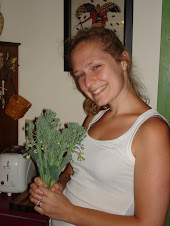

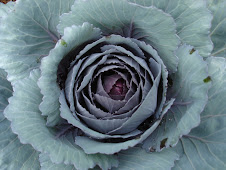
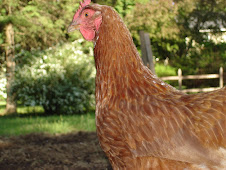
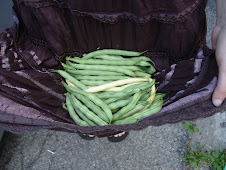



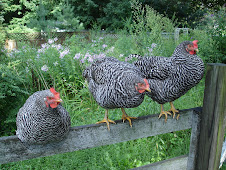

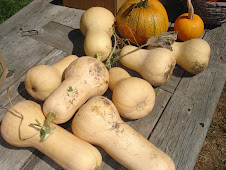
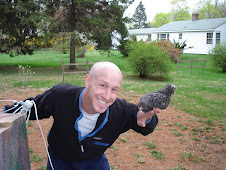
No comments:
Post a Comment